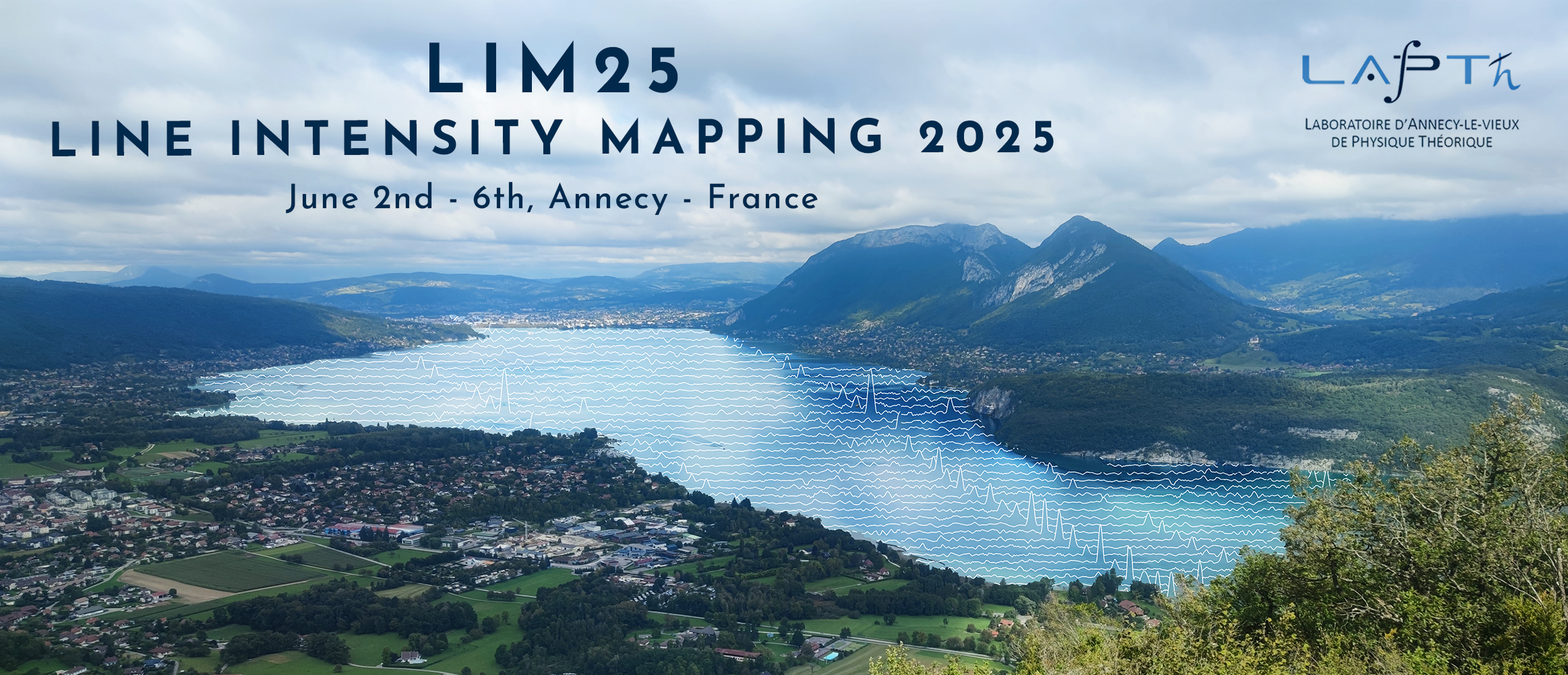Orateur
Description
Line Intensity Mapping (LIM) provides access to previously elusive data, facilitating statistical analysis. Many LIM experiments are currently in the pathfinder stage, and the absence of confirmed detections underscores the critical role of mock maps for exploring the correlations between line emissions and galaxy properties. Mock maps are created by painting the dark matter halos according to the response functions that utilize the relation between the observables in galaxies and the line luminosities. While the relation between observables and the line luminosities is very complex, statistical correlations can be established. In my presentation, I will elucidate the statistical relationship between line luminosity and inherent/derived observables for simulated FIRE (Feedback In Realistic Environment) galaxies, focusing on CO(1-0) to CO(8-7) lines at four different redshift regimes: z=0, 1, 2, and 3. The outputs of this work can be used to create mock maps and improve the pipeline of COMAP, EXCLAIM, mmIME-COPSS, CONCERTO, CCAT, AIM-CO, SPT-SLIM, and TIME experiments.
I will begin by introducing the FIRE simulations and post-processing methodology. Subsequently, I will elaborate on the evolution of CO luminosity from redshift three to the present day and compare it with available observations. Finally, I will examine the correlations between CO emission and galactic properties at different redshifts and explore the potential causal relationships they may suggest.

